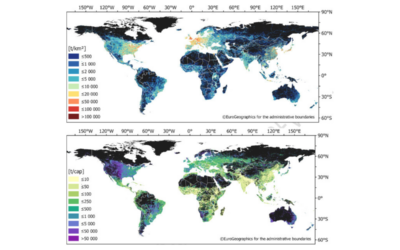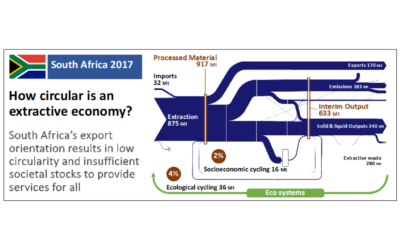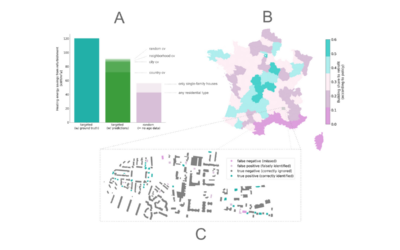News & Events
Assessing mitigation potentials of the petrochemical sector in a circular economy
The 16th Annual Meeting ofIAMChas been held in Venice from November 14-16. This year’s was co-chaired by CIRCOMOD Co-Principal Investigator Detlef van Vuuren (PBL) and CircEUlar Co-Principal Investigator Volker Krey (IIASA) with several contributions to the session stemming from these two Horizon Europe funded sister projects.
Unveiling the Environmental Impact of Mobility Infrastructure: A Global Analysis of Material Stocks and GHG Emissions
A recent study led by our CircEUlar member Dominik Wiedenhofer conducts a global assessment of material stocks in mobility infrastructure (roads and rail-based systems, including bridges and tunnels), their associated material flows, and embodied greenhouse gas (GHG) emissions for 2021.
Analysing Digitalisation as a Potential Enabler of Net Zero and Circular Economy Targets
In the CircEUlar project, we will be assessing the contribution of digitalisation toward net-zero and circular economy targets under different social and economic development assumptions (the ‘Shared Socioeconomic Pathways’ (SSPs) used in IPCC assessments).
Dr Yee Van Fan joins the CircEUlar team at the University of Oxford, bringing experience in sustainability assessments and scenario modelling of material recovery and energy
From assessing optimal treatment strategies for waste collection and management systems, and forecasting GHG emissions from waste flows by understanding relationships with demographic and socioeconomic factors, his research includes life cycle analysis of the solid waste management sector from micro to macro scales.
Cooling buildings with waste drilling fluid
Drilling fluids contain a mineral that is the main ingredient for the world’s most promising cooling paints: barite. Can we recover this mineral from soon-to-be-obsolete fossil wells to cool our houses in a heated world?
How circular is an extractive economy? South Africa’s export orientation results in low circularity and insufficient societal stocks for service-provisioning
How circular is South Africa’s economy? – With this research, we present the first-ever comprehensive analysis of material and energy flows for an extractive economy.
Beginning data collection about circular consumption and circular citizenship behaviours
In the next months, CircEUlar project partners will conduct qualitative interviews and a quantitative pilot study to investigate factors influencing circular consumption and circular citizenship. That way, we will gain a deeper understanding of circular consumption and circular citizenship behaviours in different countries.
How can machine learning help prioritize building energy retrofits?
In a recent study, our partner Technische Universität Berlin (Sustainability Economics of Human Settlements) – TUB looked at 25 million buildings in France, Spain and the Netherlands and tried to estimate the construction year and retrofit need. The overarching goal was to assess if machine learning methods can facilitate the identification of retrofit candidates at scale.
New mobility and the circular economy
Recent years have seen the rapid increase of micro e-mobility ownership and the launch of public rental schemes across many European cities. However, its long-term impact is dependent on its ability to complement other sustainable modes, and ultimately to displace car use and ownership.
Unveiling the Role of Circular Economy in Climate Mitigation
A pressing question lies at the heart of our current research: Can materials play a decisive role in either advancing or hindering our efforts to achieve the goals of climate change mitigation?










